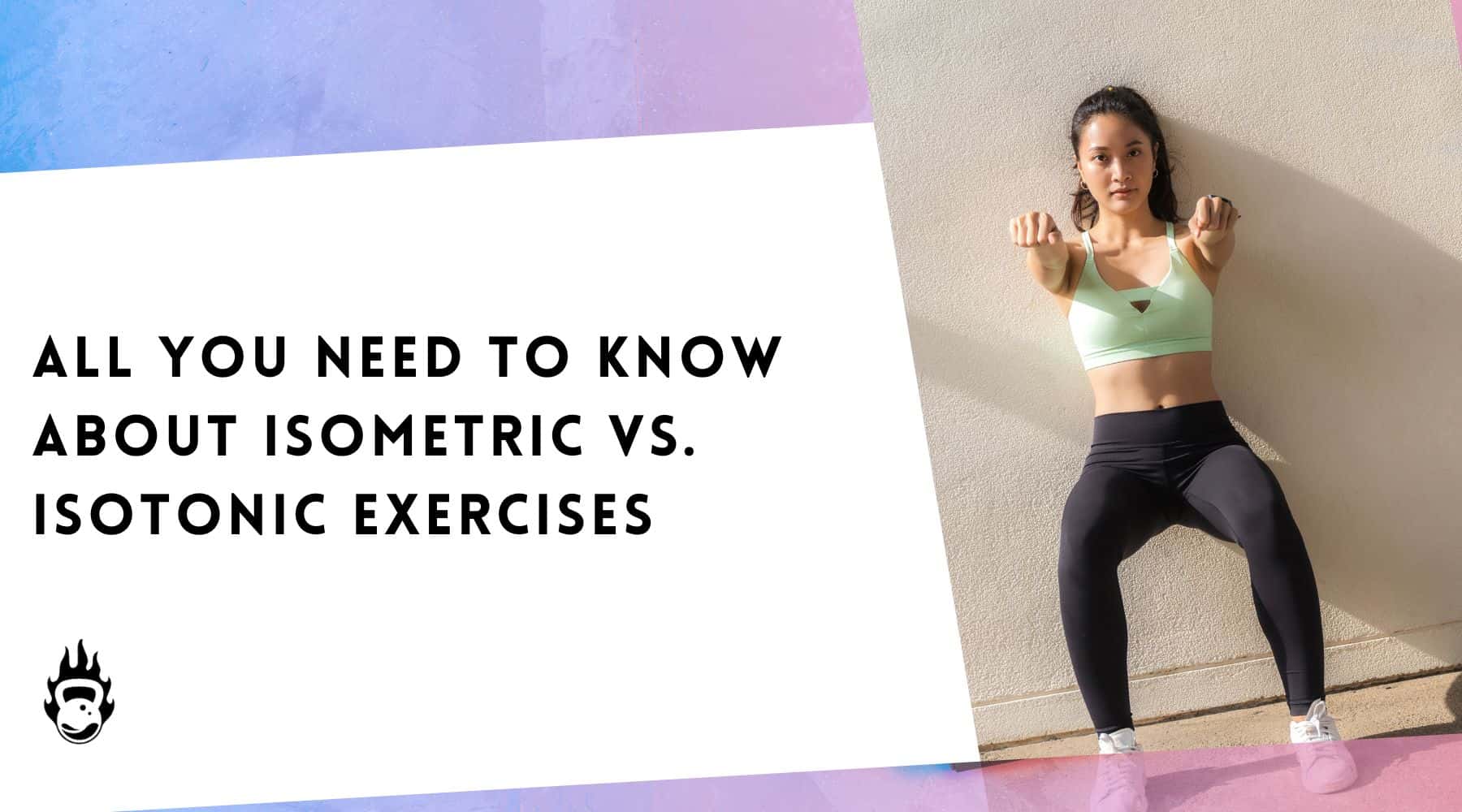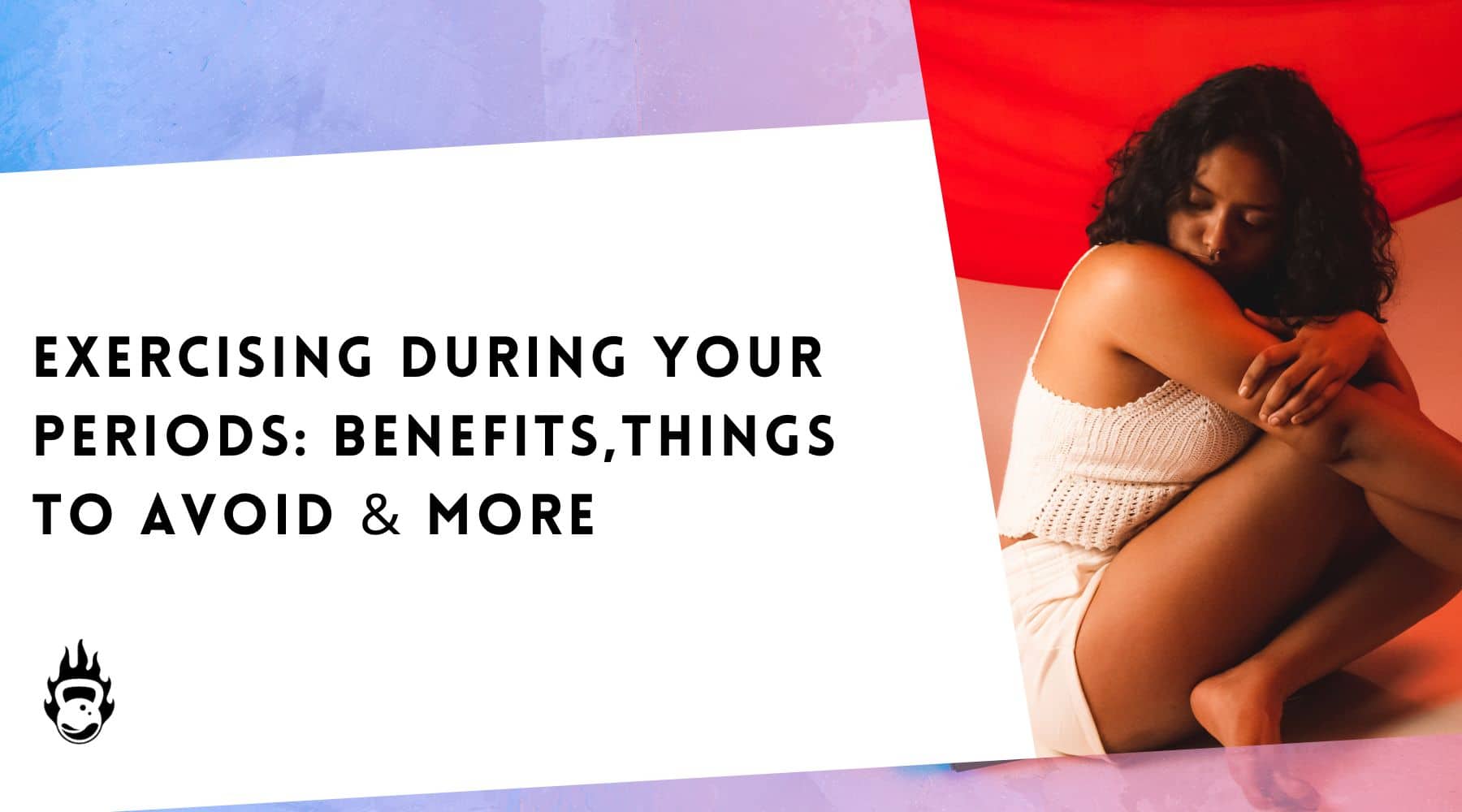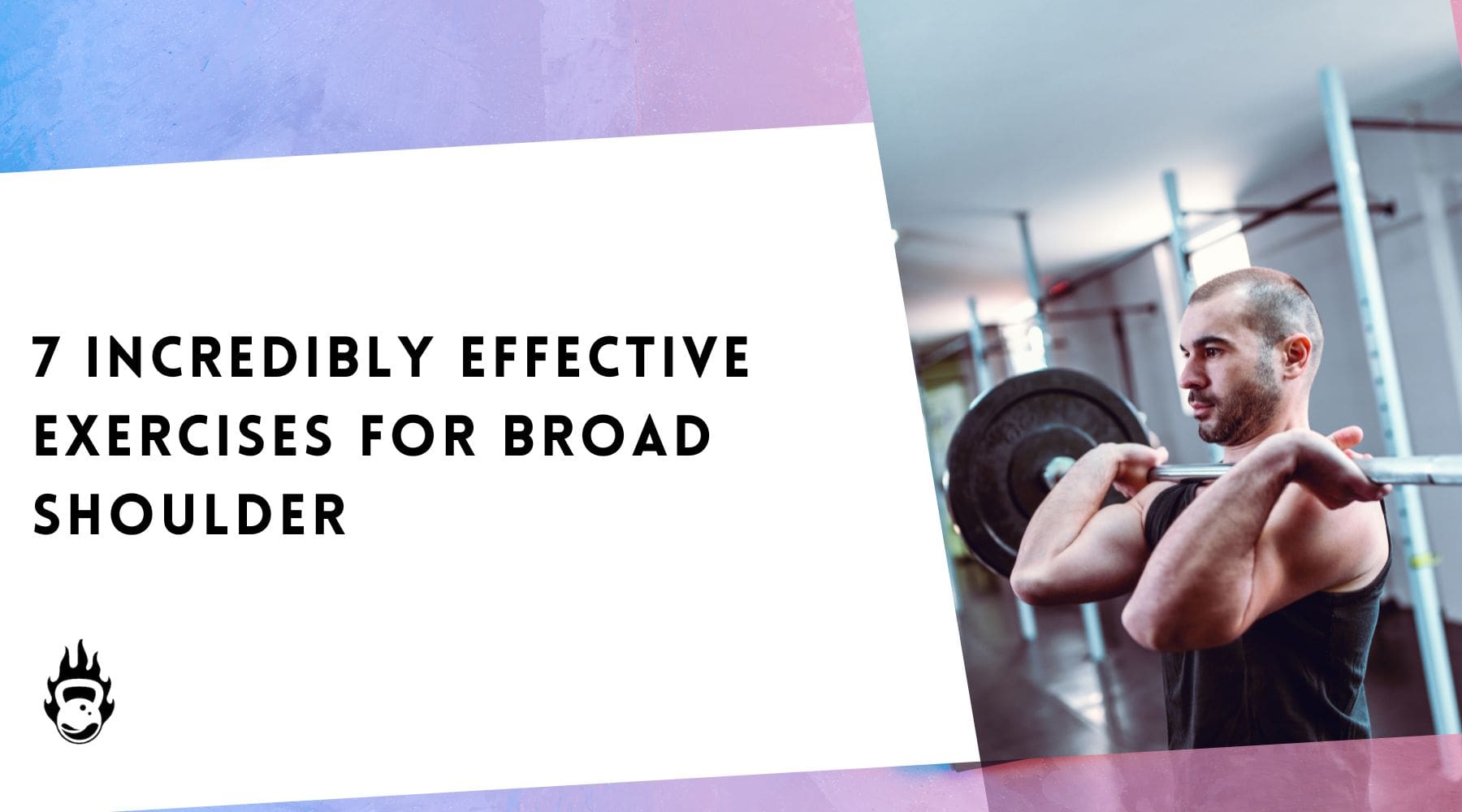Foam Roll Your Way into Motherhood

Becoming a mother is a one-of-a-kind experience, both physically as well as emotionally. It’s a time when your body is transformed, with hormonal changes taking you on a rollercoaster ride that can leave you feeling completely confused and unprepared.
As the estrogen levels in your body drop, it impacts your musculoskeletal system and can result in muscle weakness, making you feel achy and stiff all over. Of course, it doesn’t help that you spend hours hunched over, nursing your newborn, or wake up with a jolt through all hours of the night.

Your body is at a delicate point where you can’t quite exercise, yet feel the need to do something to relieve those aching muscles. This is where foam rolling can really help. Foam rolling is a form of self-myofascial release, meaning it helps release tension in the muscles, caused by bad posture or repetitive motion. A foam roller can help with mild postural correction by easing the tension stored in muscles, so once you have the all clear from your doctor, you can start treating your muscle soreness right from the comfort of your home. Foam rolling can leave you feeling a whole lot better in as little as 10 minutes a day.

How does a foam roller work?
The fascia is a thin layer of connective tissue that covers everything from organs to muscles and even bones in our body. Fascia is usually made up of a few layers of tissue and is smooth, slimy and flexible, in order to move as you do. Sometimes it can become thick and sticky, adhering to the muscles, causing knots and pain, which can even limit mobility. In such conditions, myofascial release or simply stretching and massaging the fascia can provide relief. A foam roller works by rolling over the fascia and muscles, using the pressure of your own body weight. This helps release knots and tension in the fascia and muscles.
How to choose the right roller
If you’ve had no prior experience with a foam roller, it is best to choose one with medium density, such as the Prana Yoga Massage Roller . The higher the density, the harder the foam roller will be. Some foam rollers come with a textured surface for more precise targeting, as opposed to smooth rollers that provide even pressure all across.

Density:
Low density foam rollers are the softest, and are for beginners. This kind of roller will get bent out of shape with usage, and will need replacing when this happens.
Medium density foam rollers are a good option for beginners as well as pros, offering firm support for a full body workout. These are more durable than lower density foam rollers.
High density foam rollers are used by professionals or people with some foam rolling experience. Using a high-density roller too soon can cause bruising, so it’s better to avoid these if you are looking for a postpartum solution.
Textures:
Foam rollers come with a variety of textures, from smooth to knobbed, to grooved rollers. You can even choose one which has a pattern of different textures. The more knobbed the roller, the more pressure you will feel at a particular spot.
Size:
Foam rollers come in several sizes and shapes, but choosing one that is long and around 5 to 6 inches wide is most beneficial for beginners.
Simple stretches for new mums

As a new mum, the muscles of your chest, shoulders, lower back and hips tend to feel most sore. Here are a few simple stretches using a foam roller that can help you feel better. As with any exercise, it is always important to consult your doctor before you plunge in.
Chest stretch:
Long hours of slouching while feeding can make your chest and back muscles cramp. This simple stretch is effective in lengthening the pectoral muscles of the chest, while also relaxing tension in the shoulder muscles.
How:
Place the firm roller on the floor, parallel to your body. Lay down on the foam roller, so that your head as well as tailbone are supported. Bend your knees so that your feet are flat on the floor allowing you to maintain a natural curve in your spine.
Now spread your arms out to the sides of your body so that you look like the letter ‘T’. relax your shoulders and let them fall back towards the floor. Try to maintain this position for 5 to 10 minutes.
Back roll:
A full back roll will help ease all the knots, right from your shoulders to your glutes.
How:
Once again lie down on the foam roller except this time place it perpendicular to your body, just under your shoulders.
Bend your knees and keep your feet planted on the floor. Now push yourself off the floor using your legs, so that your body rolls over the foam roller, and the roller ends up under your lower back.
Make sure to roll slowly, giving the roller time to release any tension stored in your back muscles.
Check this video out for more information on how to foam roll
https://www.youtube.com/watch?v=DzSU2FiFKTM&t=108s
What was once restricted to the office of your physiotherapist, can now help make life a lot easier for new mums. Even as you begin to ease your way back into exercise, your foam roller offers a great warm up and cool down to keep you comfortably and injury free.





Leave a comment